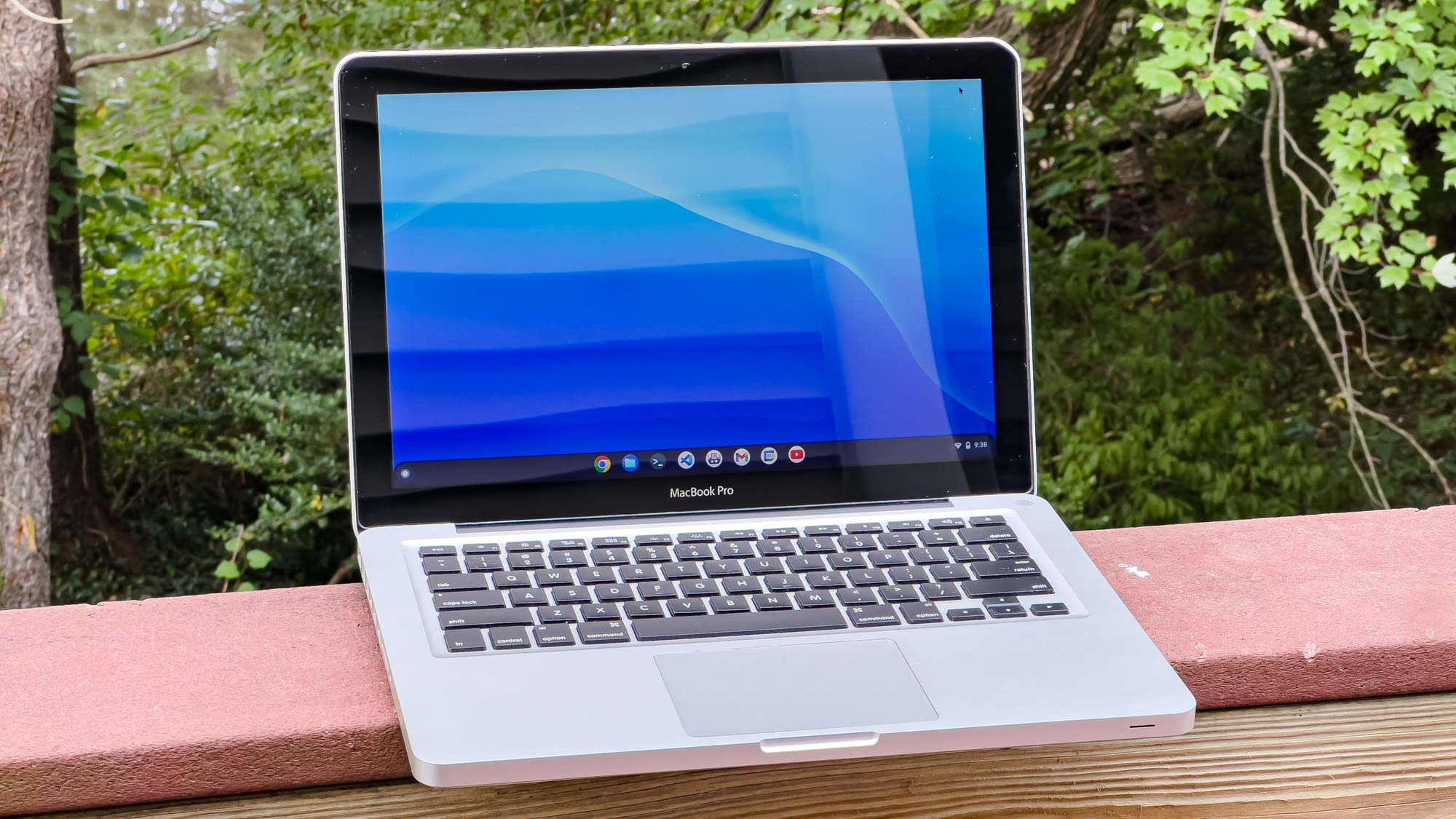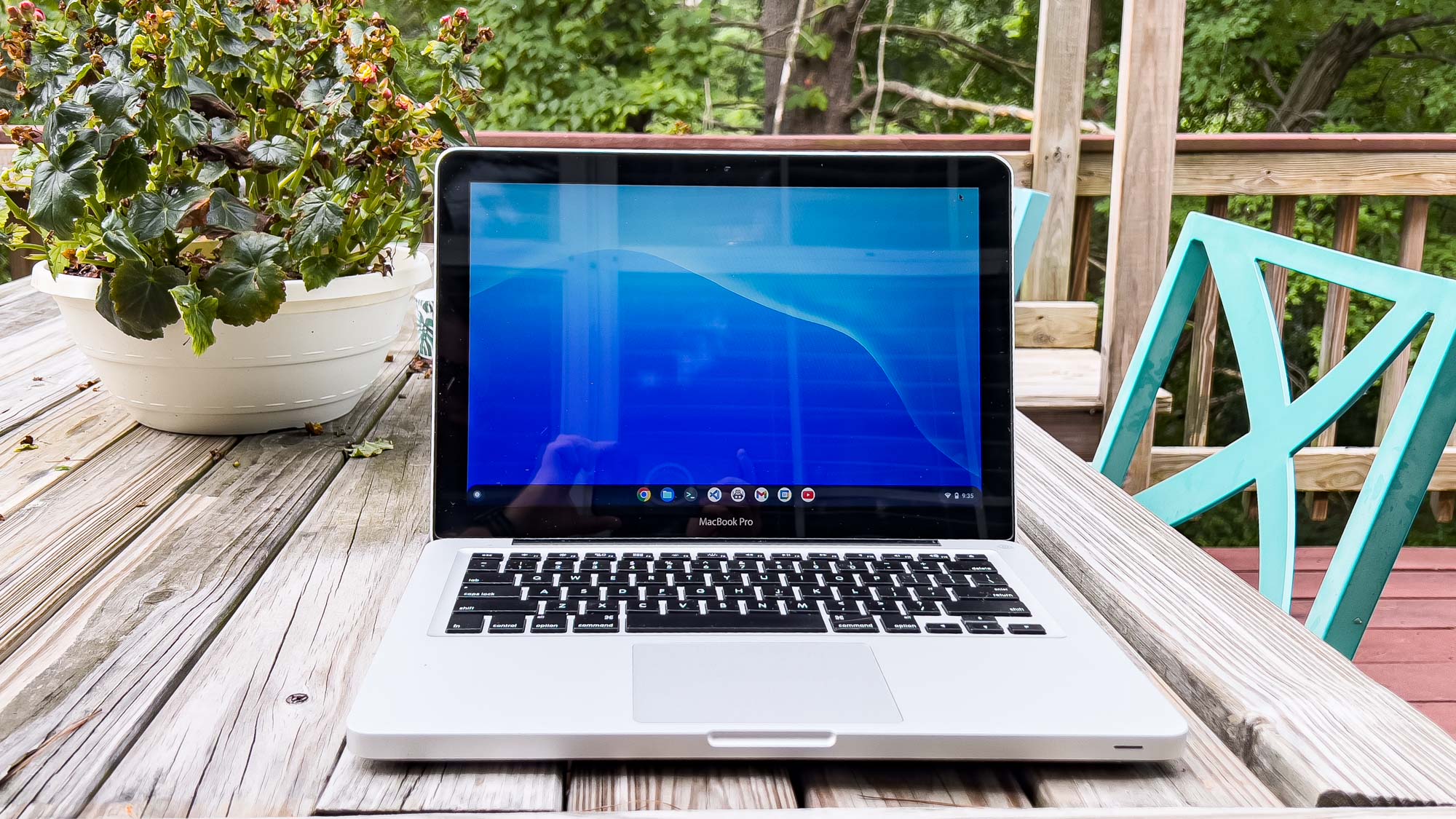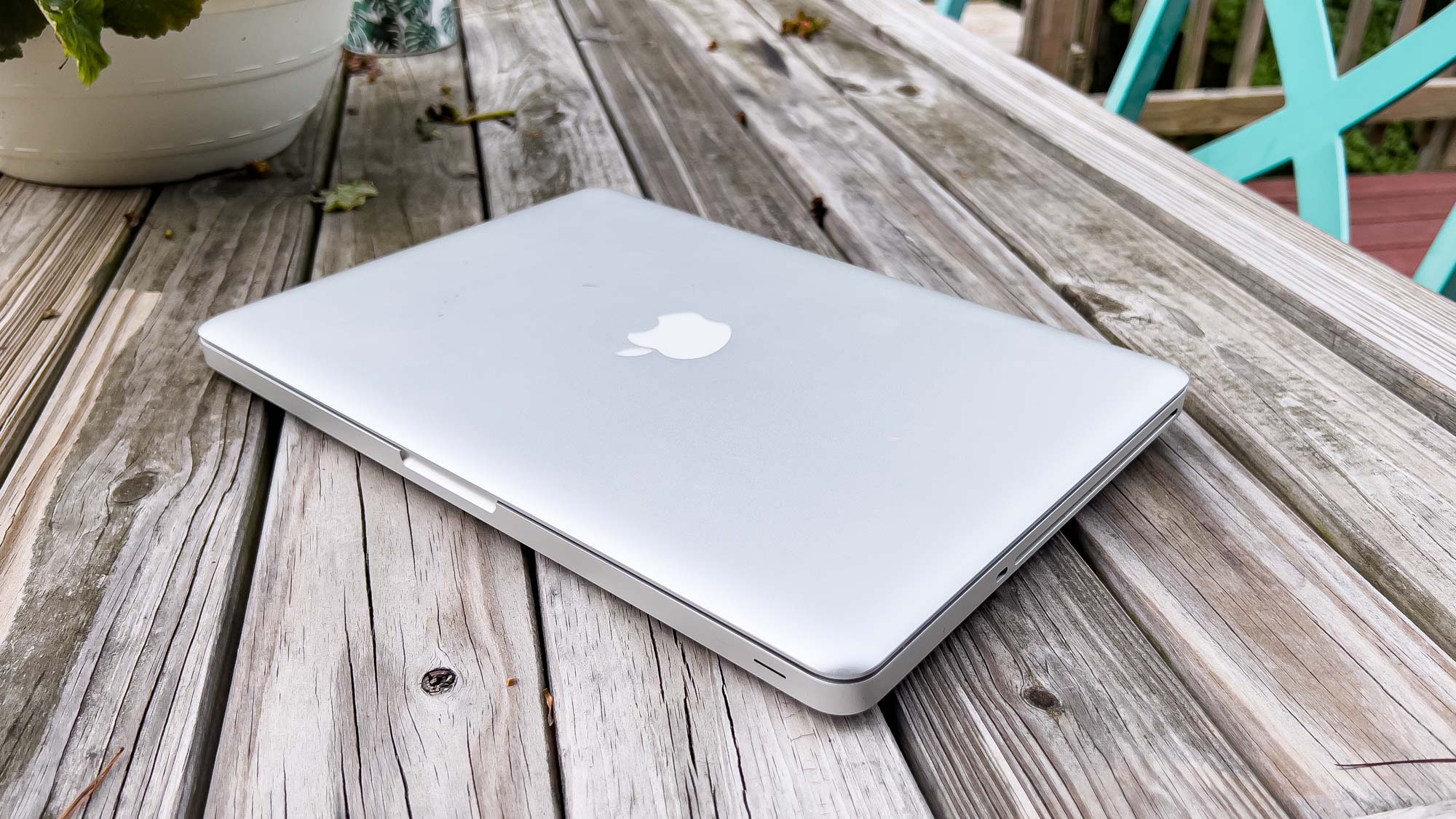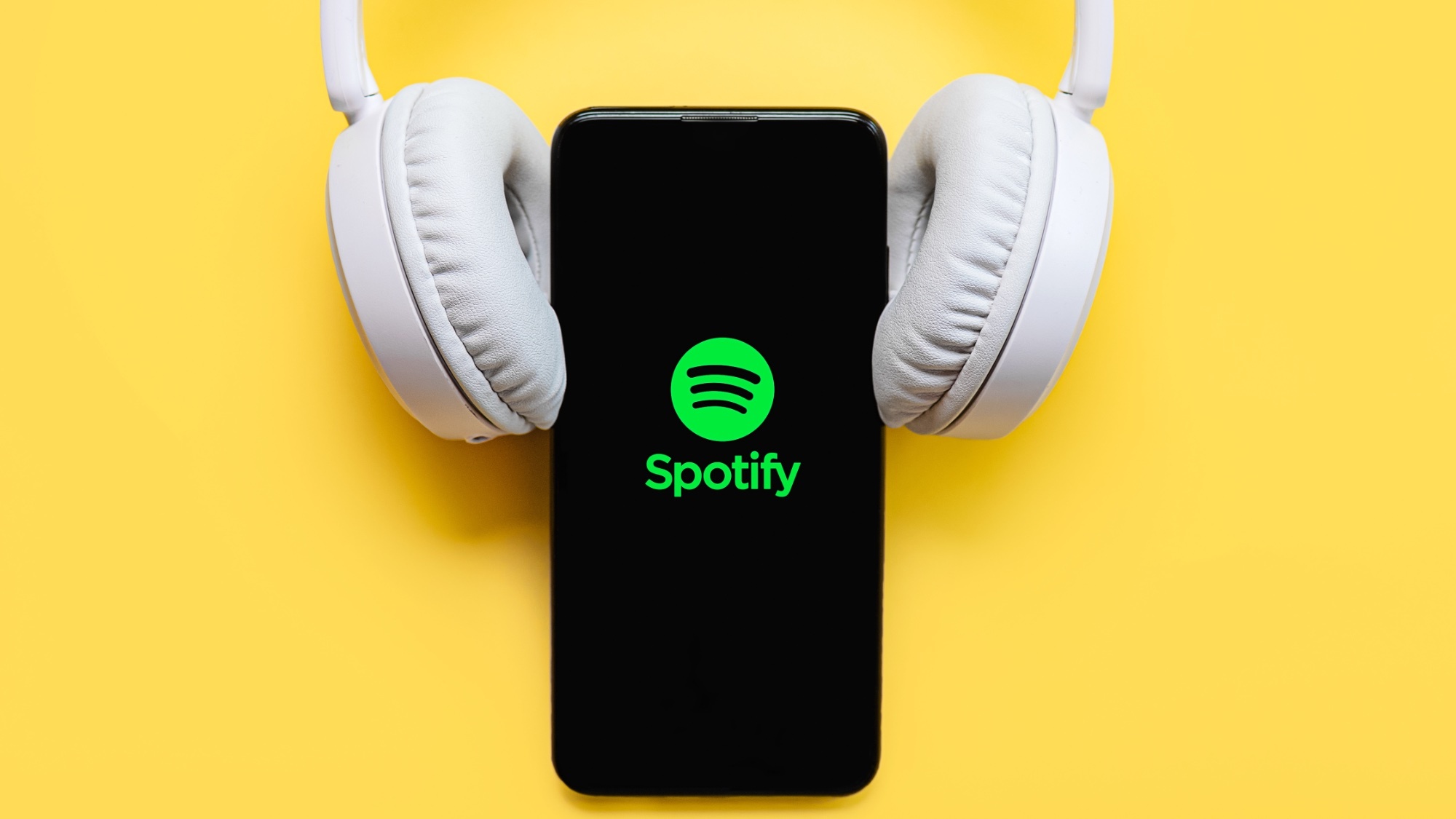I used ChromeOS exclusively for two weeks — here's how that went

ChromeOS has come a long way since Google launched it in 2011, over 10 years ago now. It’s gotten Android app support, Linux programs, better integration with Android phones, and a host of UI improvements. I hadn’t touched the OS in years, so I decided to give it a try while I temporarily moved to a different workstation and then went on vacation.
That experience did not thrill me. For my workflow, ChromeOS was fine, but not as good as macOS or Linux. And for personal use on the road, I did not find Google’s desktop OS sufficient. Again, I’d much rather use macOS or Linux, or even Windows, for my mobile needs.
I spent the better part of a fortnight with ChromeOS as my exclusive desktop operating system. Here’s what I found.
ChromeOS: The Good
ChromeOS has many strengths, obviously. Otherwise, it wouldn’t be the education juggernaut that it is. For being centered around Chrome, it’s an incredibly efficient OS, booting up in mere seconds and working well, even on underpowered machines.
I installed ChromeOS Flex on two devices, a low-power Celeron mini PC (Geekom MiniAir 11) and a 2012 MacBook Pro. Performance-wise, I enjoyed the simplistic experience. Web pages loaded reasonably quickly and I hardly noticed any lag.
ChromeOS' strength lies in its simplicity and efficiency."
ChromeOS’ strength lies in that simplicity I just mentioned. It excels at providing the basic computer experience most people need. Since so much of our lives these days is online, ChromeOS offers most of what you could ask for if you just want to access email, social media, online education stuff, and so on.
But these points in ChromeOS’ favor did not outweigh the cons for me.
Get instant access to breaking news, the hottest reviews, great deals and helpful tips.
ChromeOS: The Bad
My biggest problem comes down to this: App compatibility, especially in ChromeOS Flex. This has long been an issue with ChromeOS, a common complaint many have made since 2011. So I won’t retread old ground, but even with Linux compatibility, I struggled with both my professional and personal workflows.

The former was actually the least offensive. I had access to Chrome, so I could get all of my work bookmarks, history, etc. Linux let me do some things I needed, like GIMP, but other things struggled, like Slack. In fact, with Slack and Discord, the apps flat out wouldn’t work. Every time I’d sign in, they’d open a browser tab and redirect me to the web version. While I could live without Discord on my MacBook, Slack on web was much more difficult than the native program.
ChromeOS Flex lacks support for the Play Store. Google touted Android app support as one of the mitigation tools against ChromeOS’ usability problems. In my previous experience, I found it serviceable as a patchwork solution. But its moderate benefits do not grace Flex, meaning that my homebrew Chromebox and Chromebook were hamstrung.
ChromeOS Flex lacks Play Store support, which hamstrung my homebrew Chromebook and Chromebox."
The Linux compatibility layer is nice, I’ll say that. The fact that it uses Debian and apt made things smoother for me, having learned most of what I know about Linux on Debian-based distros. I could install some software, like VS Code, Obsidian, and Synology Drive thanks to DEB and Flatpak files. But getting Wine to work right proved difficult — I never did get Scrivener to work right, despite following the same steps I did on Manjaro and Fedora.
I respect ChromeOS for most people, but if you need native software that does not have a web version, your success will be hit or miss. I was fine until I ran into things that wouldn’t launch (I had a lot of trouble with AppImages, for example), or sluggish performance on some Flatpaks, even on the modern Celeron-based mini PC.

All told, I gladly went back to my Fedora workstation when I was able, and I managed to get macOS Monterey installed on my 2012 MacBook Pro, despite it being unsupported. (Yes, I technically have a Hackintosh now — maybe I’ll tell you about that experience sometime, too.)
ChromeOS: Outlook
From this experiment, I learned that ChromeOS is not for me. So who is it for? It’s meant for people who need a simpler computing experience. There’s a reason it’s so strong in education environments. I also recommend ChromeOS to less tech-savvy people who just want to browse the internet, but still want a PC instead of relying on a phone or tablet.
But for me? This ain’t it, chief. And that’s fine. So if you’re like me and use a lot of native software that doesn’t have a web option, I’d stay away from ChromeOS as your main operating system. It certainly let me down when I’d rather it hadn’t.
Read next: Patch and restart Google Chrome right now!

Jordan is the Phones Editor for Tom's Guide, covering all things phone-related. He's written about phones for over six years and plans to continue for a long while to come. He loves nothing more than relaxing in his home with a book, game, or his latest personal writing project. Jordan likes finding new things to dive into, from books and games to new mechanical keyboard switches and fun keycap sets. Outside of work, you can find him poring over open-source software and his studies.
